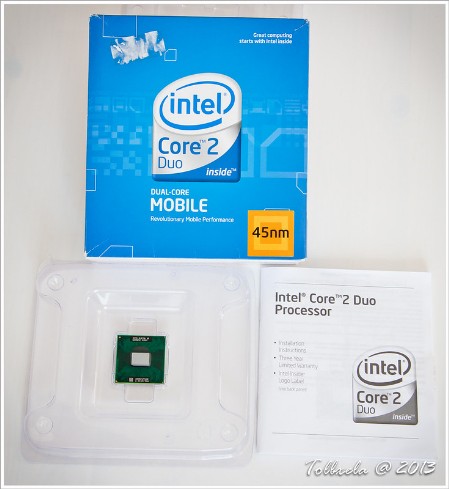Processor Speed
A processors speed is normally called "clock speed" . It takes 1 Clock cycle for the CPU to fetch and execute one instruction.
Clock speed is measured in hertz (Hz), with one cycle per second being 1 Hertz.
So a 1Hz Processor would be able to fetch and execute 1 instruction every second. Modern CPU's can have clock speeds of 2 gigahertz (GHZ). This means they can carry out two thousand milion (2 billion) instructions every second.
Cores
Before 2005 most proccessors has a single processing unit. Since then CPU's have been developed with mutiple processing units on the same chip. These processing units are known as "Cores."
A dual core 1GHz processor has two processing units, both of which can do 1billion instructions. So this dual core processor is roughly the same as the 2GHz single core. However not all processors do things exactly the same way so one of these is likely to be slightly faster than the other at running a given programs. Watch the videos to learn more on this/
This last statement is why more recent CPU's (with modern architecture) are actually faster than older ones with the same clock speed (or even higher clock speed). Another element affecting the actual speed of the processor is the cache
Explains what processors are and clock speed

https://www.flickr.com/photos/tolbxela/8601598234
Describes how cores and clock speed effect processor speed
